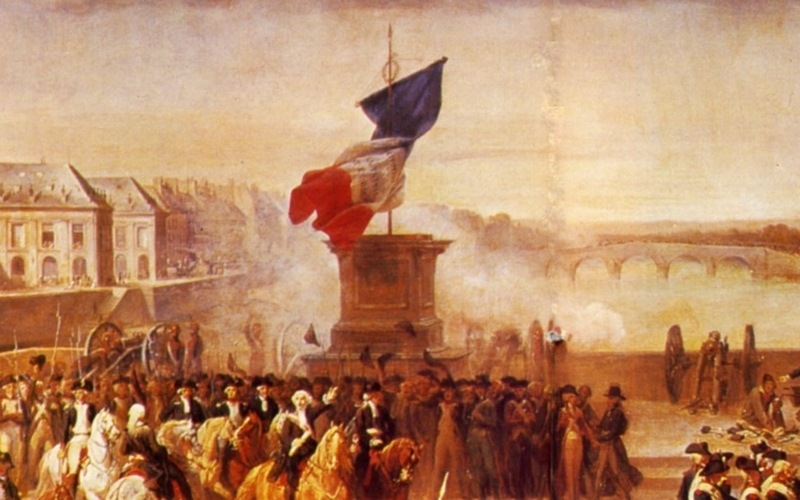
Removal of the monarchy and the Paris Commune
The war, begun with general enthusiasm, soon brought the weakness of the French army to light. Revolutionary propaganda and mass emigration of officers had ruined the discipline of the regular army. Volunteers were no longer trained or equipped for battle. This led to a temporary halt in the French advance in the Netherlands and the retreat towards Lille.

1 of 4
After the Lille retreat, the general of the army was killed. Hard times followed for the French army, with mass desertions. This led to an increase in the desire for peace among the other army generals. The effects were serious. Allied armies began to invade France.
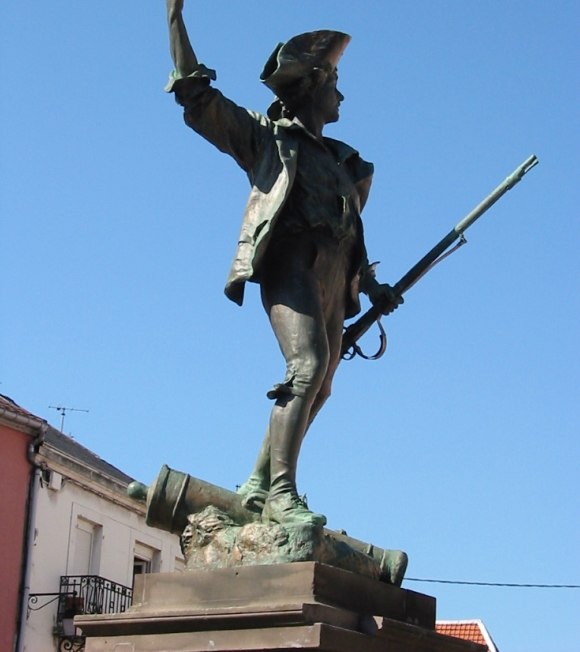
2 of 4
The government was confronted with the opposition of the recalcitrant priests and the counter-revolutionaries. The Girondists felt they must act against traitors due to public demand. As a consequence, the Assembly passed a series of laws decommissioning the Royal Guards and creating a camp for the 20,000 soldiers of the National Guard, men brought in from the provinces. These soldiers were called federates. The name was due to the fact that their arrival in Paris was on the 14th of July, the Celebration Day of the Federation.
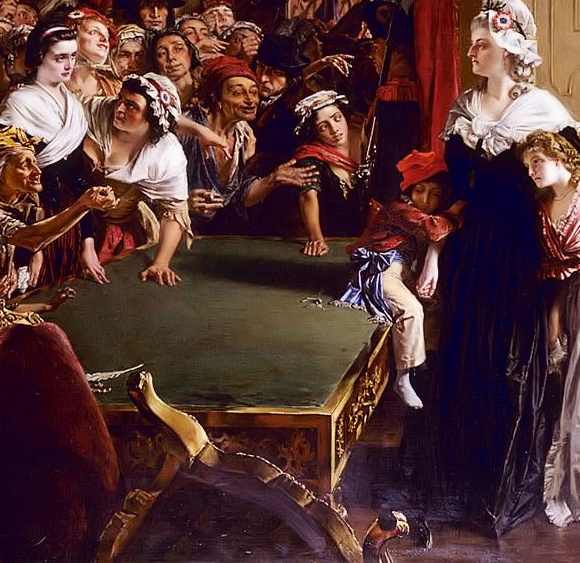
3 of 4
During these tough conditions, when France was under attack, the treason of queen Marie Antoinette was uncovered. She had sent the Austrians details of the French military plans. Her actions were discovered and the queen was accused of high treason.
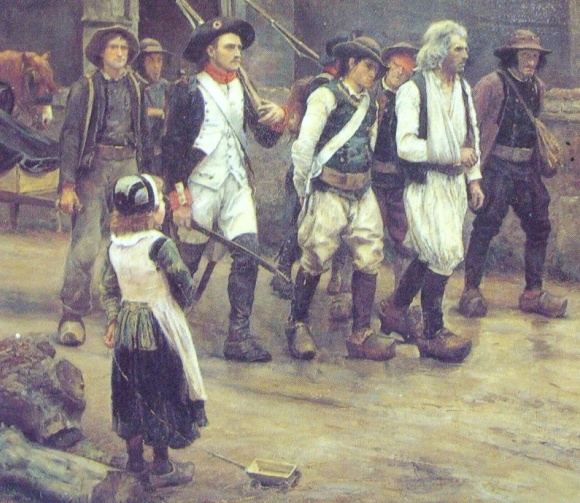
4 of 4
The federates’ mission was to defend Paris from foreign invasion. The government was afraid of a coup d’etat by the generals, especially La Fayette. Louis refused to approve the laws passed by the National Assembly. Roland, the Girondist minister, protested. This caused the king to dismiss him, together with other Girondist ministers. Dumouriez, foreign minister, resigned. Thus, Louis was able to use his right of veto against laws concerning recalcitrant priests and the camp of the provincial guards.
La Fayette’s letter was read in the Assembly. It accused the Jacobins of creating a state within the state. At the same time, it called on the Legislative Assembly to put an end to the reign of the clubs.
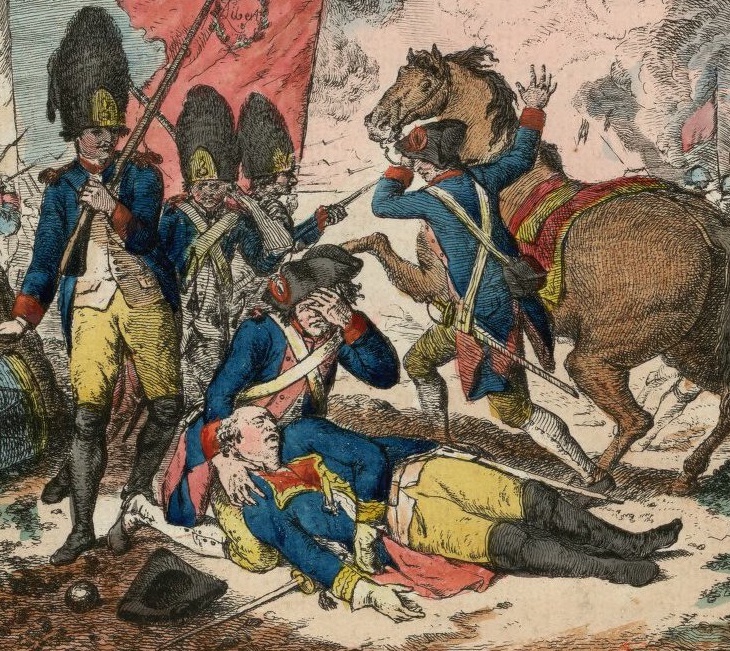
1 of 3
La Fayette’s letter illustrated France’s division into two camps. The first was represented by La Fayette and most of the army officers. The second was made up of the Assembly, the Jacobins and the large majority of the people.
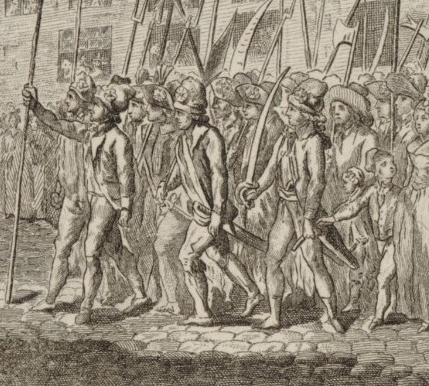
2 of 3
The leaders of the 48 city subdivisions (arrondissements) reacted to La Fayette’s letter by organizing an armed demonstration. Most of the leaders of the protest came from the Cordeliers’ Club. The Jacobins did not intervene, so 8,000 protesters, most of whom were members of the National Guard, stormed Tuileries.
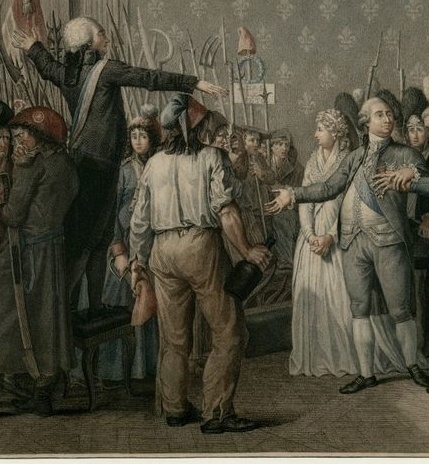
3 of 3
At Tuileries, the protesters tried to intimidate the king and make him accept the laws. However, Louis refused to withdraw his veto and restore the Girondist ministers to their positions. The revolt was a failure, but it demonstrated the power of the arrondissements.
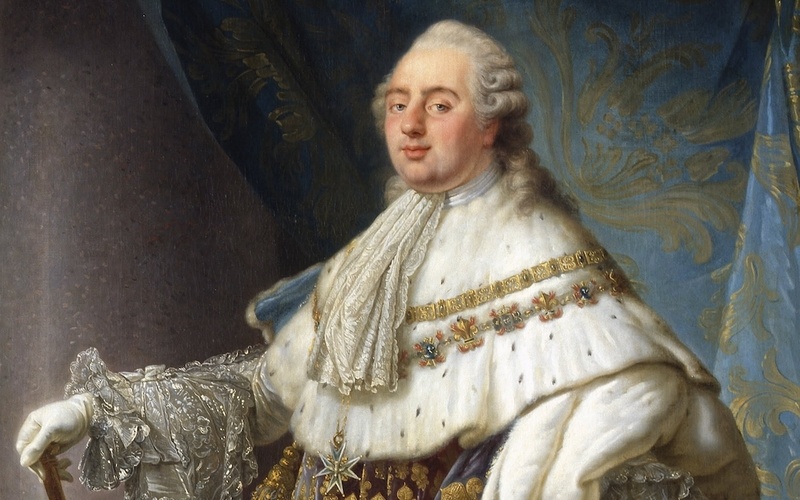
The Old Monarchic Regime
The French Monarchy, Louis XVI of Bourbon and Marie Antoinette Josepha Johanna ďAutriche Lorraine. The administrative Chaos and the French system of taxation
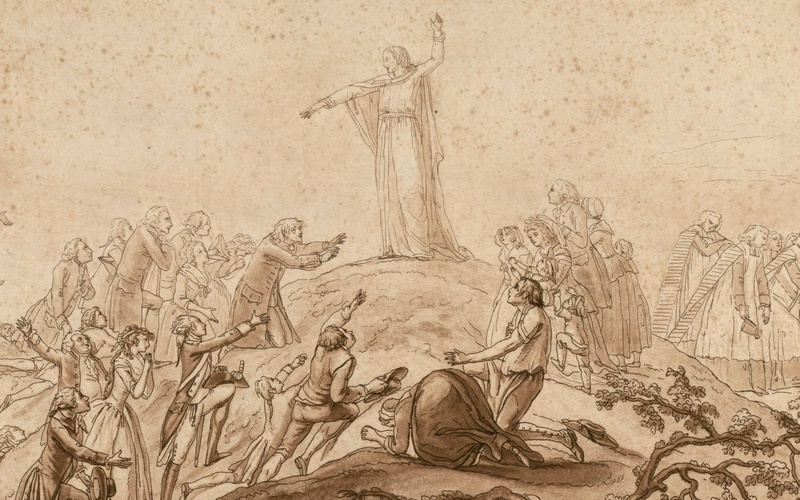
The influence of the Enlightenment on the Revolution
The Enlightenment and its era, transformation of the monarchy, apparition of Deism, new political and economic values in society, Enlightenment personalities, public opinion
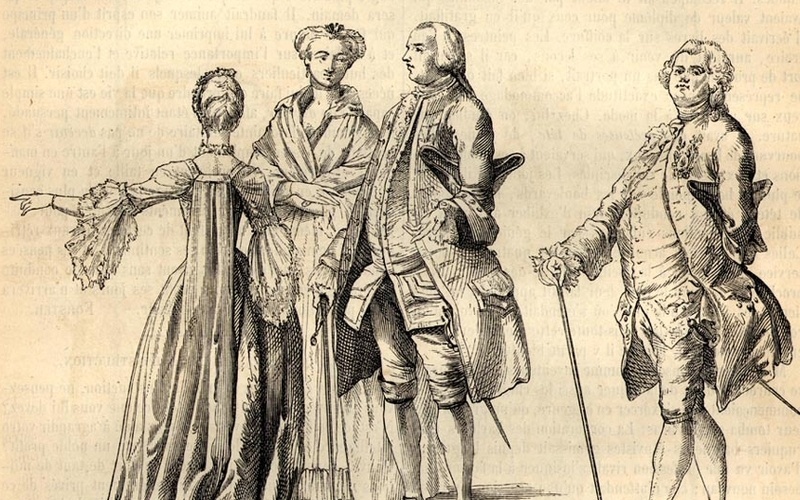
French Society
French society in the 18th century was divided into orders or estates. Clergy formed the first estate, nobles the second, while the third estate included the rest of the population, made up of the bourgeoisie, peasants and urban laborers.
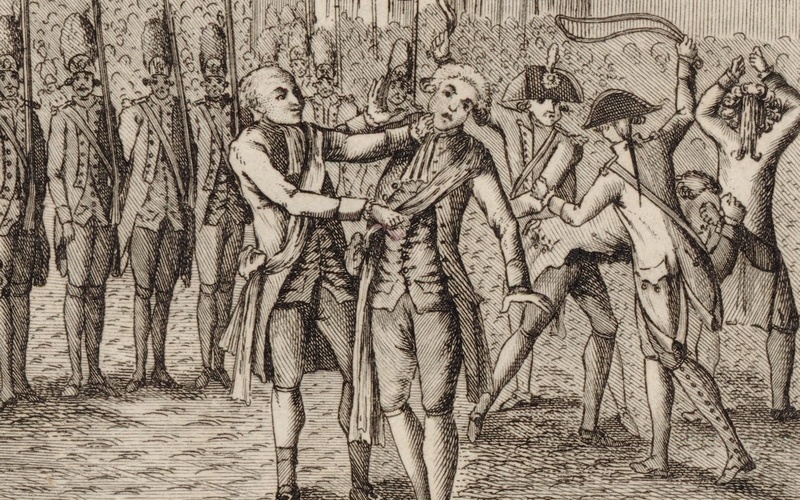
Causes of the Revolution
The origins of the French Revolution can be traced back to four revolutionary movements in the latter part of the 18th century. These movements shook French society and royal power to their foundations.
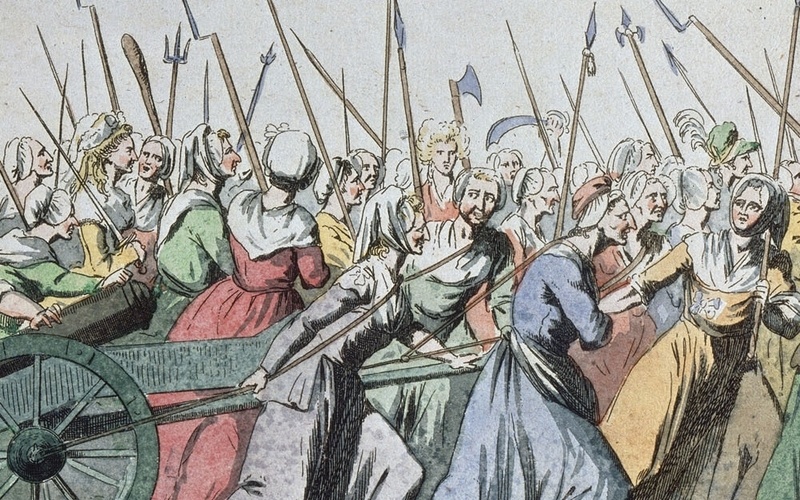
The revolution
Reforms of the Constituent Assembly, the declaration of the rights of man and of the citizen, conflict between the king and the National Assembly, secularization of church wealth, the Jacobin and the Cordeliers Club, the 1791 Constitution, Champ de Mars.
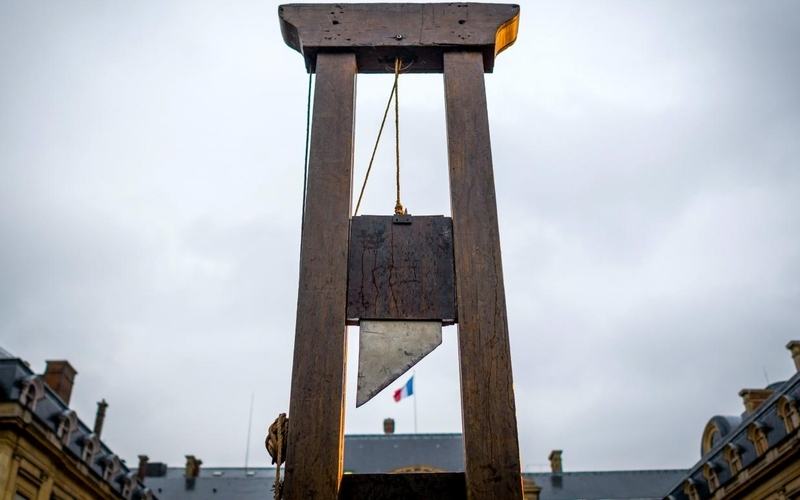
The revolutionary government and the Terror
The guillotine remains the symbol of the Terror. Power struggle: Girondist and Jacobins. September massacres. Trial of Louis 16th. Dechristianisation.
- Barnea Alexandru, Istorie, manual pentru clasa a X-a, Ed. Corint, Bucureşti, 2005
- Duncan Townson, Franţa în revoluţie, Ed. All Educaţional, Bucureşti, 2000
- Roberts J.M., Modern History, Ed. Duncan Baird Publishers, Londra, 2007
- Paraschiv N, Cristea N, Sinteze pentru istorie, clasa a X-a, Ed. All Educaţional, Bucureşti, 2008
- Marinela Elena Bogdan





